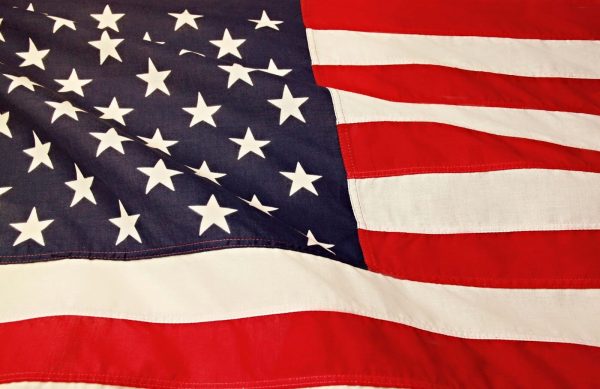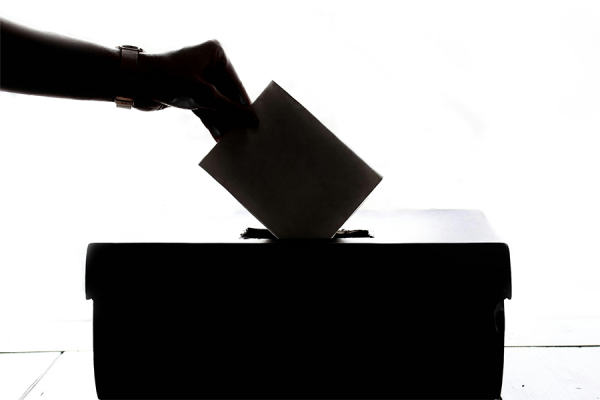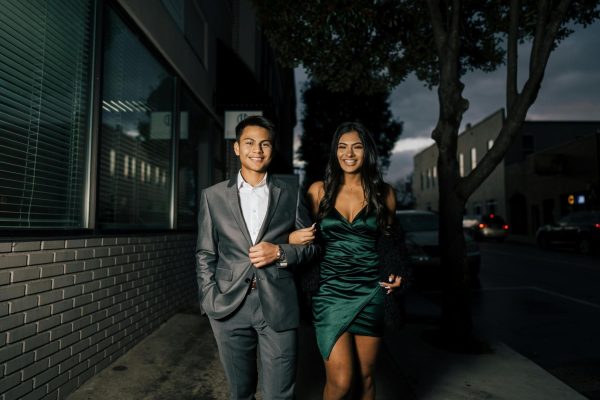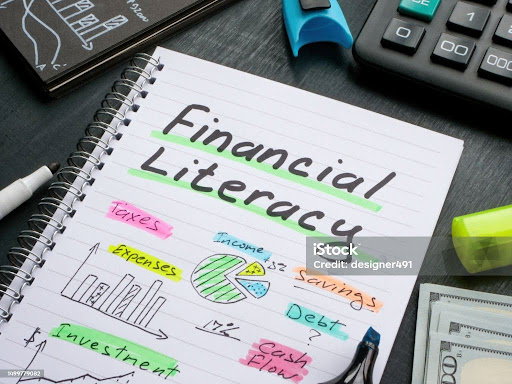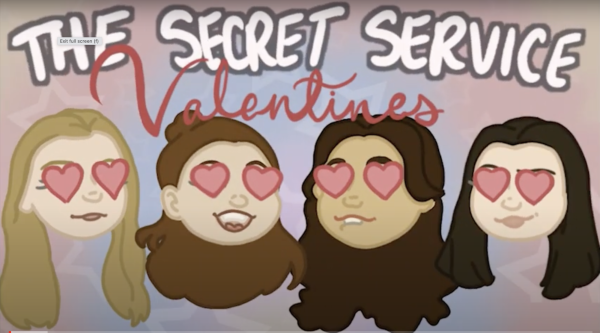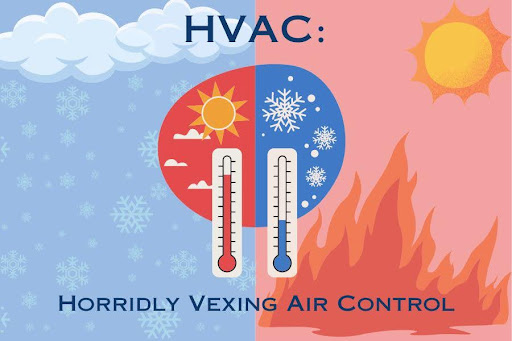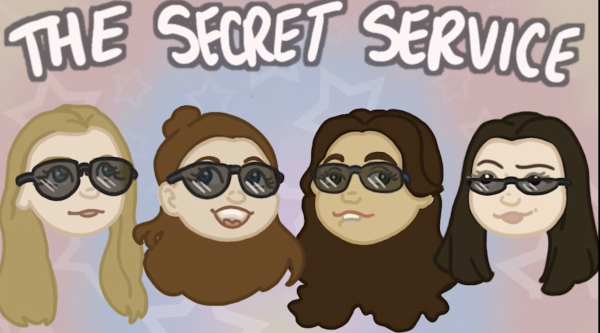Social Media: The World’s Most Monitored Soap Box
January 17, 2022
As we come over the horizon of the new year, we celebrate or remember with mild amusement, the first anniversary of the first presidential social media ban in U.S. history. In the wake of the Capitol Riots, the following social media sites banned then-president Donald J. Trump from their platforms: Facebook, Twitter, and Youtube. Of those sites, Twitter and Youtube handed him indefinite bans, while Facebook suspended him until January 2023, all for inciting violence.
This year, Marjorie Taylor Greene, Georgia’s 14th congressional district representative, joined the 45th President in the ranks of banned politicians for spreading misinformation about Covid-19. Though, on the less official side of things, her ban can probably be attributed to her rampant conspiracy theories and threats against Democratic lawmakers and politicians.
So, why are these bans important? Why are they so controversial? Well, like most conversations surrounding public discourse, it has a little something to do with the First Amendment.
Critics of these social media bans claim that they violate the First Amendment rights outlined in the Constitution. For those of you who may be unfamiliar with what those rights are, they include the freedom of religion, freedom of the press, right to assembly and petition, the freedom of association, and the one this article pertains to, the freedom of speech.
Opposition to the bans claims that by banning politicians, social media is abridging the freedom of speech and perpetrating censorship. However, there’s a fundamental flaw in this argument, one that Bob Jones student Katie Tanner pointed out rather succinctly, “Social media sites are companies, not the government.” Social media sites are privately owned and operated companies, no matter how much our last president insisted on using social media, namely Twitter, as his soapbox. Ultimately, any critique of social media sites that relies on the First Amendment will fail, at least in the court of law, because First Amendment rights can not protect you from Mark Zuckerburg.
There is another catch here though, as the same student goes on to explain, “… you have to agree to the terms and conditions of the site when you join. If you violate the terms and conditions, you get banned.”
Terms of Service, the thing that most people will never read, and yet probably should. Using Facebook as an example, their Terms of Service state they may permanently suspend or delete your account as a result of multiple breaches of their Terms or Policies, particularly their Community Standards. Taking a deeper look at their Community Standards reveals that categories such as hate speech, privacy violations, harassment, and false news all constitute bannable offenses.
Other social media sites have their list of rules by which you must abide, admittedly with a great deal of overlap between one another. The bottom line, however, is that social media sites legally can ban any user which they have deemed violates their policies and that doing so does not violate the First Amendment as it is not government censorship. Which was the case when the ban hammer came down on President Trump from Youtube, Twitter, and Facebook.
So, with these two things combined, social media sites have the legal right to ban whomever they please, so long as there is a justifiable reason. But, there is another, more interesting, conversation to be had here. Social media sites have a great deal of power when it comes to the types of content they allow on their platforms, and sometimes they do not remove content indiscriminately based on their Terms of Service. That is where it begins to border on censorship.
Facebook particularly is not without its fair share of issues concerning censorship. The social media giant has faced criticism in the past, and present, over what content on their website has been allowed to remain and what has been removed. Around 2016, Facebook came under fire for a perceived double standard involving a Pulitzer Prize-winning photo and former President Donald Trump. The photo was removed, but the content about Trump remained.
The photo, dubbed “Napalm Girl,” featured terrified Vietnamese children and South Vietnamese forces during the Vietnam War. One of the children was a young girl, who was the cause of the photo’s removal. The young girl was nude in the photograph, which violated Facebook’s policy on nudity and child pornography. So, the photo, shared in a collection of photographs that “changed the history of warfare” was taken down.
What was allowed to remain, however, was Donald Trump’s call for a ban on Muslims coming to the United States. To some, this appeared to be in clear violation of Facebook’s policy on hate speech. Zuckerburg responded to the backlash by saying that “it would be inappropriate to censor the candidate.”
While “Napalm Girl” did break Facebook’s terms of service, so did Trump’s speech. Either both should have been removed from the site, or neither of them.
A different Bob Jones Student, who shall remain unnamed, said, “…the accounts should not be banned because of a biased opinion. We have rights and social media falls under a blurred line within them.” It’s best to ignore the whole “we have rights” part of this quote because at this point it is safe to say that on social media you do not, but the rest of it is true.
Social media can have a dangerous impact on politics when it has the power to pick and choose what to allow and what to censor. Just look to last January as an example of what can happen when conspiracy theories are left to fester and rot in the minds of the masses. On a technicality, social media can ban whomever they please from their platform with a reason from their Terms of Service, but we are not seeing this ideal of “justice” being put to even use.
So, yes, social media sites have the right to ban as they see fit, but should this be the case? And shouldn’t it be consistent?



